A UV lamp tuned to 185nm can create ozone from oxygen O2 by disrupting the O2 molecule and splitting it into two oxygen. Ad Ideal solution for both visible VIS and ultra-violet UV absorbance applications.
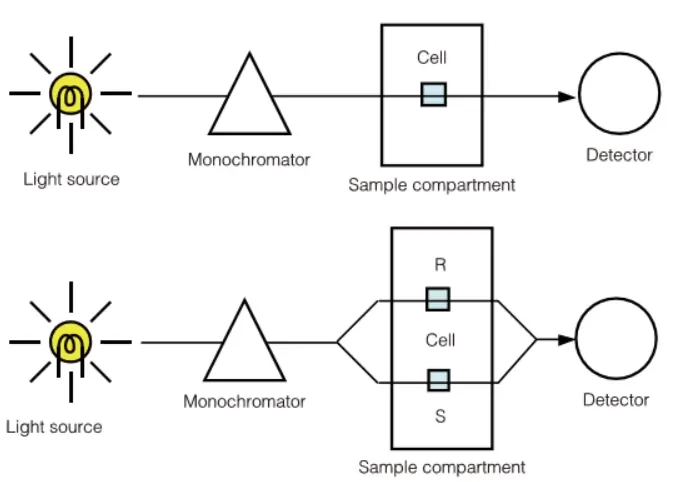
Difference Between Single Beam Spectrophotometer And Double Beam Uv Vis Spectrophotometer
Ad Spectrophotometer cuvettes polystyrene.

. Ad Choose Us For Spectrometer Models With UV VIS And NIR Measurements Available. Tungsten Lamp halogen- iodine and bromide - Wavelength Range. UV spectrophotometer principle follows the Beer-Lambert Law.
Expertise on Every Level to Craft Science Technology Solutions in Life Science. A spectrophotometer is a refined version of a colorimeter. The principle of UV Visible spectrum is based on the production of.
1 Basic Principles of UV-Vis Measurement 3 11 The electromagnetic spectrum 3 12 Wavelength and frequency 3 13 UV-visible spectra 3 14 Transmittance and absorbance 4 15 Summary 4. Types of Spectrophotometer. Spectrophotometry is a technique that uses the absorbance of light by an analyte the substance to be analyzed at a certain wavelength to determine the analyte.
They are classified based on their applicationuses. Explain something important about the principle of UV Visible spectroscopy. When the incident light strikes the sample it is.
Each color has a speci fic wavelength eg. Lamps used in UV-Vis Spectrophotometer. Principle of UV-VIS Spectroscopy.
The principle of measurement for UV Visible Spectroscopy or UV Vis spectrophotometer is relatively straightforward and consists of a light source a wavelength dispersive element. Absorbance range between 190-1100 nm. Xenon Lamp xenon gas -Wavelength Range.
Principle of UV-Vis Spectroscopy. Spectroscopy is defined as the interaction of light with matter. This law states that whenever a beam of monochromatic light is passed through a solution with an absorbing.
Typical examples include Si photodiodes 190 - 1100 nm and. There are present different types of Spectrophotometer. UV spectroscopy also known as UV-visible spectrum UV-Vis also known as UVVis refers to absorption or reflectance spectroscopy within a portion of the ultraviolet.
Many molecules contain chromophores. Ad Ideal solution for both visible VIS and ultra-violet UV absorbance applications. UV Vis spectroscopy is a type of absorption spectroscopy in which a sample is illuminated with electromagnetic rays of various wavelengths in the ultraviolet UV and visible Vis ranges.
Absorbance range between 190-1100 nm. The detector in a UVvis spectrophotometer is a transducer that converts light into an electrical signal. UV-Vis spectrophotometry is a laboratory technique used in the measurement of absorbance of light across ultraviolet and visible regions.
Red light has a wavelength of 660 n m while green. Ad Choose Us For Spectrometer Models With UV VIS And NIR Measurements Available. A UV-Vis spectrophotometer can use this principle to quantify the analytes in a sample based on their absorption characteristics.
UV Vis spectroscopy is a type of absorption spectroscopy in which a sample is illuminated with electromagnetic rays of various wavelengths in the ultraviolet UV and visible Vis ranges. Uv-visible Spectroscopy Principle In Pdf Format. In other words it functions the same way as a colorimeter but with added.
The spectrophotometer was invented by Arnold J. Ultravioletvisible UVvisible spectrophotometry is primarily a quantitative analytical technique concerned with the absorption of near-UV 180390 nm or visible 390780 nm radiation by. The instrumentation of the spectrophotometer is given below Image will be Uploaded soon Working of a.
METTLER TOLED O AG Analytical UVVIS Fundamentals and Applications. Ultra Violet-Visible Spectroscopy UV-VIS UV-VIS spectroscopy like FTIR is a technique which is useful in the identification of pure drug compounds. When light is absorbed by matter there will be an increase in the energy content of molecules.
UV-vis spectroscopy is a cost-effective simple versatile non-destructive analytical technique suitable for a large spectrum of organic compounds and some inorganic species. UV-visible spectroscopy exploits the wave-like nature of electrons and its interactions with electromagnetic radiation. Part of the UV and.
The UV vis spectrophotometer is an analytical instrument based on the principle of ultraviolet-visible spectrophotometry which uses substance molecules to analyze the.

Principle Of Spectrophotometer And Its Applications Chemistry Byjus
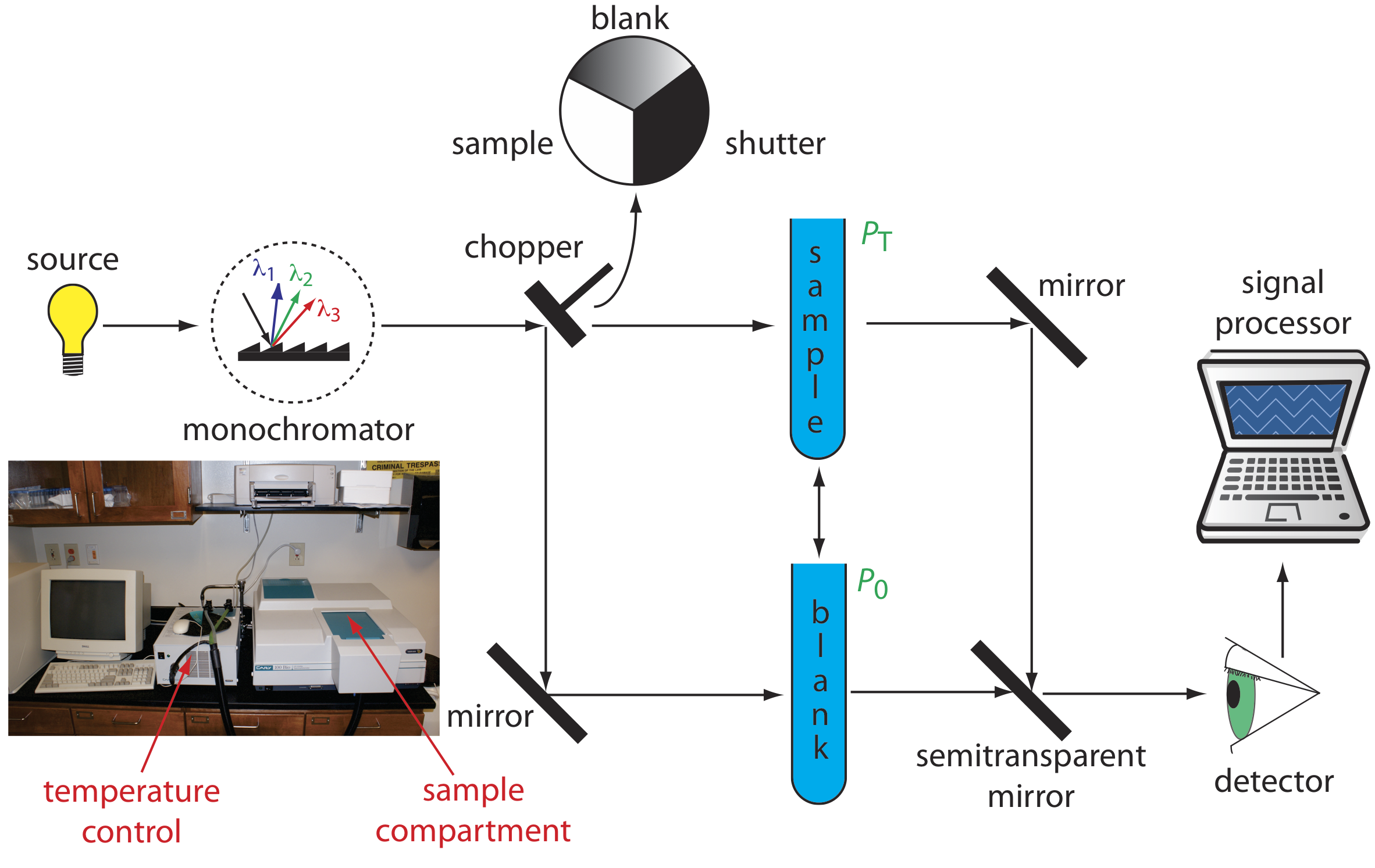
10 3 Uv Vis And Ir Spectroscopy Chemistry Libretexts

Uv Visible Spectroscopy Basic Principle Instrumentation Overview Uses Beer Lambert Law Youtube

Uv Vis Spectrophotometer Design And Working
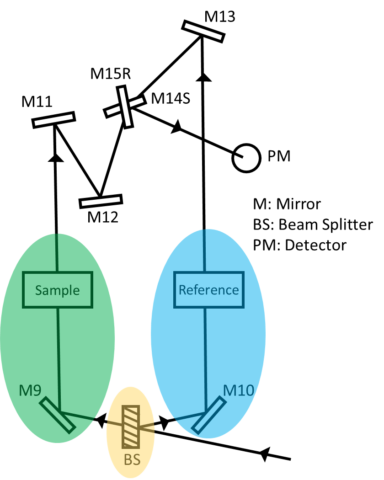
Instrumentation Of Uv Vis Spectrophotometer Jasco
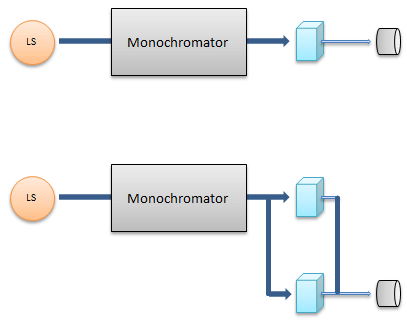
Principles Of Uv Vis Spectroscopy 2 Basics Of Absorption Spectroscopy Jasco Global
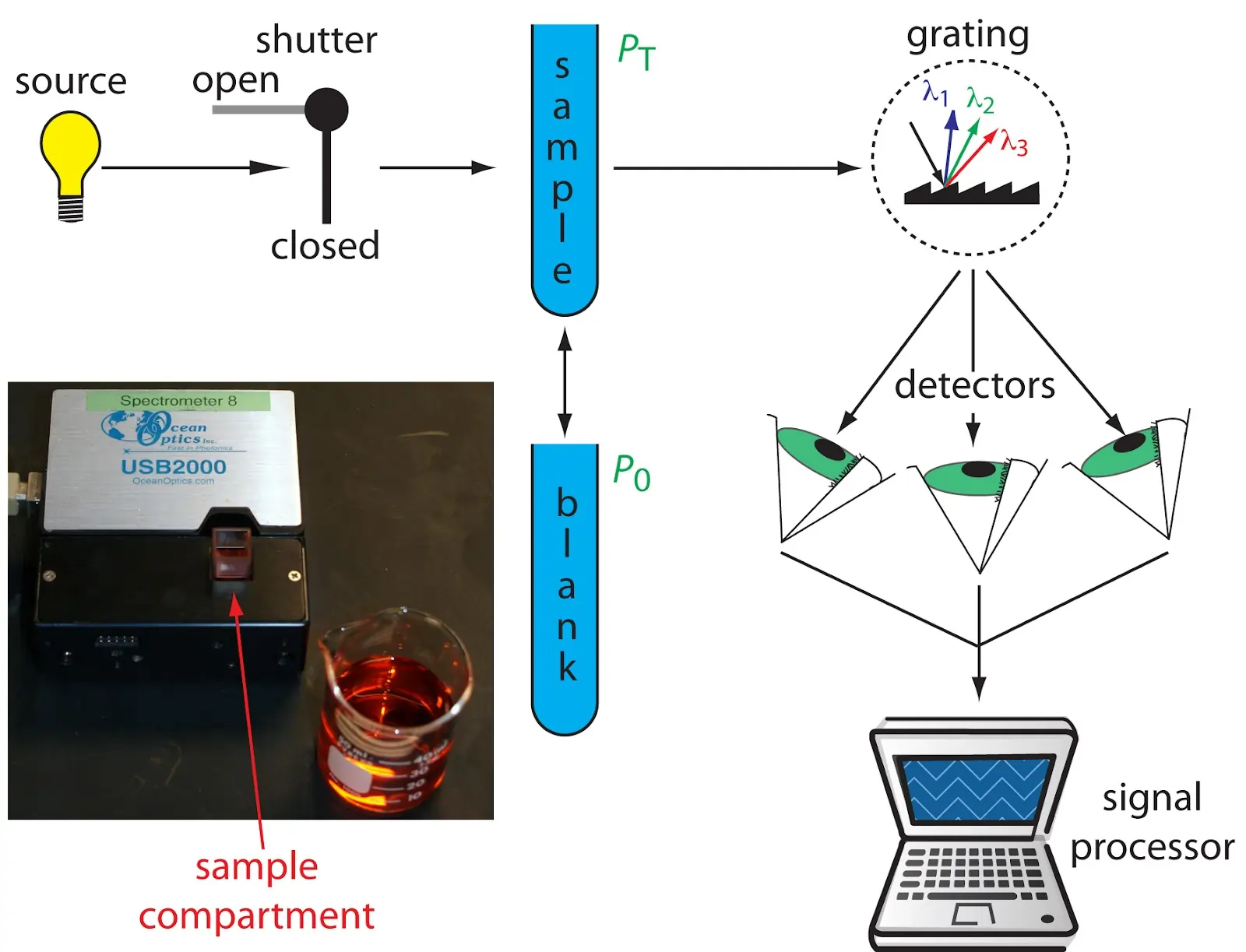
Uv Vis Spectrophotometer Design And Working

How Uv Vis Spectrometer Works Chemistry Spectrometers It Works

Spectrometer Matematica Enem Quimica Enem
Uv Vis Spectroscopy Instrumental Analysis Psiberg
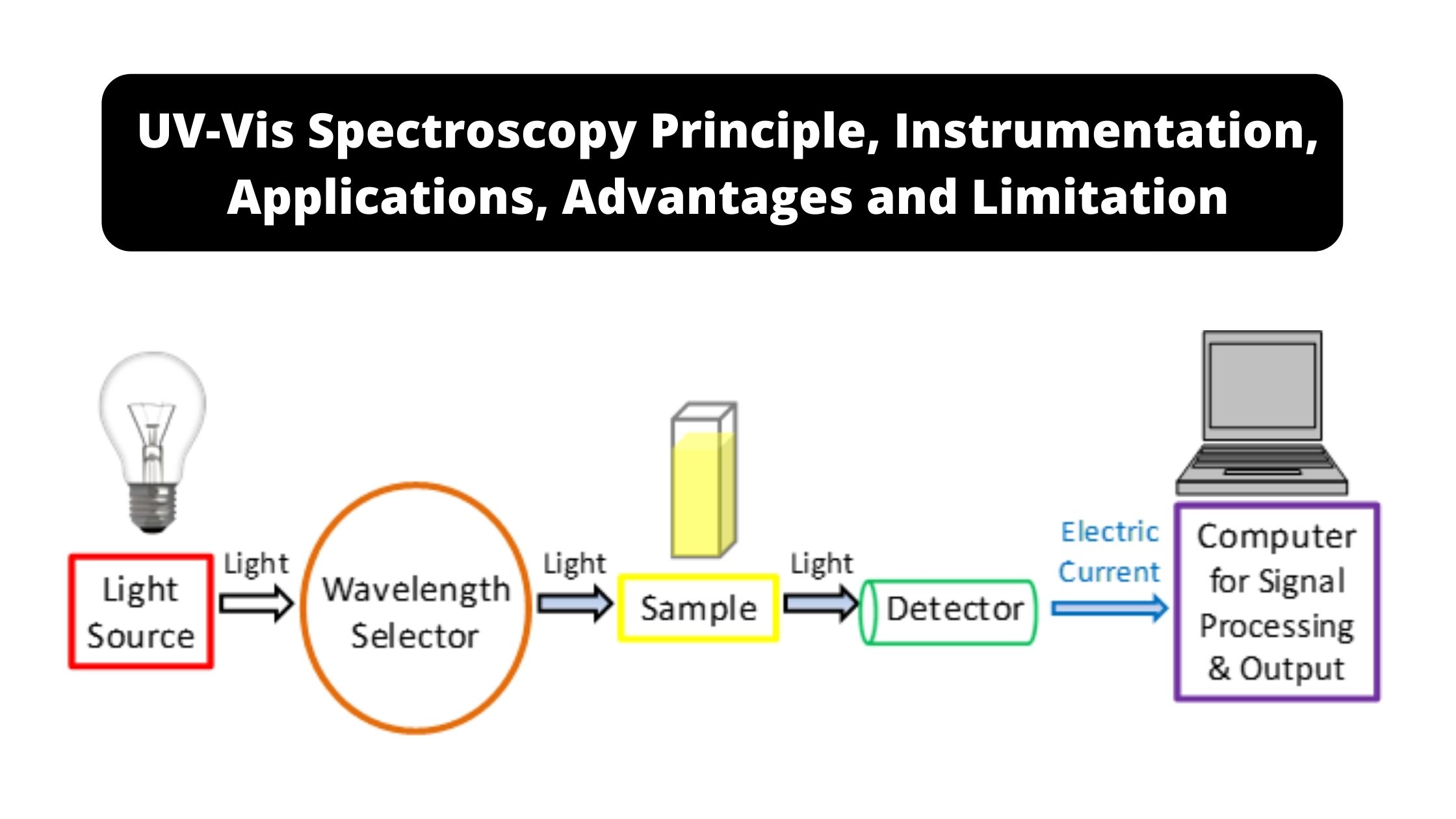
Uv Vis Spectroscopy Principle Instrumentation Applications Advantages And Limitation

Pinterest Le Catalogue D Idees Nebulizer Solution Nebulizer Plasma
The Principle Of Uv Visible Spectrophotometer Download Scientific Diagram

Uv Vis Ultraviolet Visible Spectroscopy Techniques Fields Toray Research Center Toray

How A Simple Uv Visible Spectrophotometer Works Youtube
Uv Vis Absorption Spectroscopy

Explain Construction And Working Of Single Beam Spectrophotometer Spectroscopy Analytical Youtube

Protein Quantitation Using A Uv Visible Spectrophotometer Jasco Protein Cool Art Drawings Visibility

Uv Spectroscopy Definition Principle Steps Parts Uses
